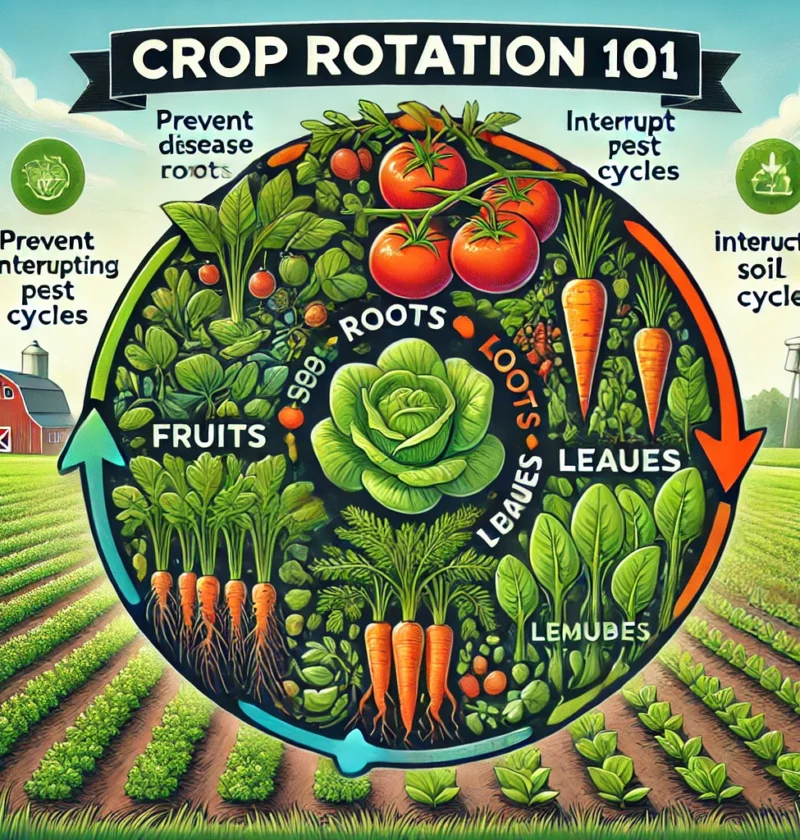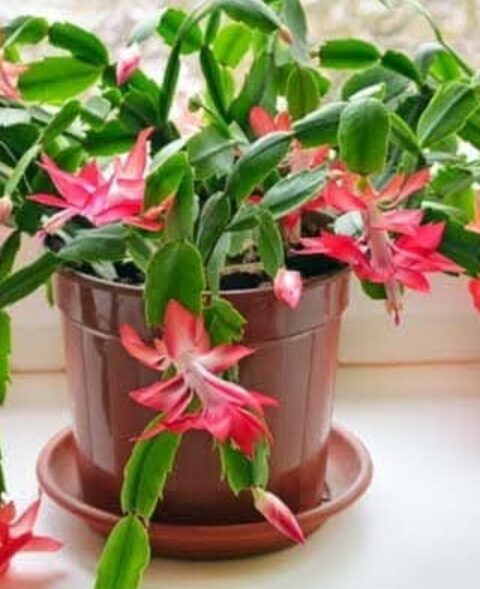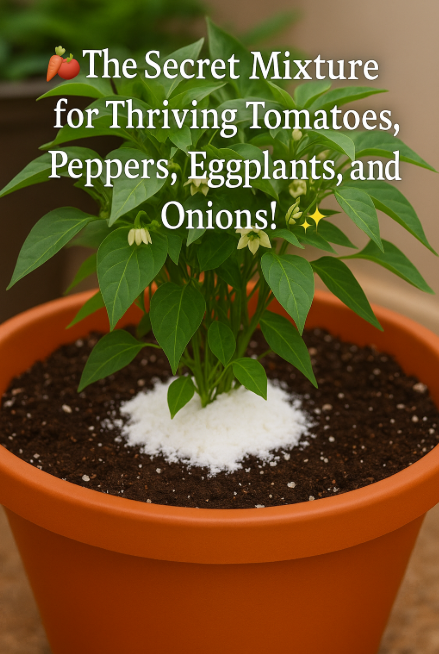Introduction: What is Crop Rotation?
Crop rotation is an agricultural practice that involves changing the type of crop planted in a particular field each growing season. This time-tested method is essential for maintaining soil health, preventing pests and diseases, and improving overall crop yield.
✔️ Prevents soil depletion
✔️ Reduces pests & diseases
✔️ Enhances soil fertility naturally
Let’s explore the benefits, methods, and best crop rotation strategies to maximize farm or garden productivity! 🚜🌾
—
Why is Crop Rotation Important?
Continuous planting of the same crop depletes soil nutrients and creates favorable conditions for pests & diseases. By rotating crops, soil health improves, and fewer chemical inputs are needed.
Key Benefits of Crop Rotation:
✔️ Prevents Soil Nutrient Depletion – Different crops use and replenish different nutrients.
✔️ Reduces Pest & Disease Build-Up – Interrupts insect life cycles & fungal infections.
✔️ Enhances Soil Fertility – Legumes (beans & peas) naturally fix nitrogen in the soil.
✔️ Improves Moisture Absorption – Different crops enhance the soil’s water-holding capacity.
✔️ Decreases Soil Erosion – Deep-rooted crops stabilize soil and prevent erosion.
✔️ Increases Biodiversity – Encourages beneficial microbes & insects.
—
How Crop Rotation Works: The Best Order for Rotating Crops
Rotating crops properly maximizes soil nutrients and minimizes disease risk. The best practice is to group crops based on their nutrient needs and plant families.
Traditional Three-Year Crop Rotation Plan
🌱 Why This Order?
Legumes (beans, peas) add nitrogen to the soil, helping leafy crops like brassicas.
Brassicas (cabbage, kale, broccoli) need nitrogen but don’t return much to the soil.
Root crops & potatoes use different nutrients, balancing soil conditions.
—
Four-Year Advanced Crop Rotation Plan
For larger gardens or farms, a four-year plan enhances nutrient cycling:
💡 Bonus Tip: If using cover crops like clover or rye, plant them between rotations to enrich the soil!
—
Tips for Successful Crop Rotation
🔄 Rotate by Plant Family – Never plant crops from the same family in the same spot two years in a row.
🌿 Use Cover Crops – Helps replenish nutrients and prevent erosion.
🚜 Plan in Advance – Keep track of what’s planted where each season.
🌍 Complement with Organic Fertilizers – Compost & manure boost soil health.
—
Final Thoughts: Why Every Gardener & Farmer Should Use Crop Rotation
Crop rotation is one of the easiest and most effective ways to maintain healthy soil, reduce pests, and increase yields naturally. Whether you have a small garden or a large farm, following a rotation system will lead to stronger, more resilient plants.
✔️ Healthier soil = Stronger plants 🌱
✔️ Fewer pests & diseases 🐛🚫
✔️ More abundant harvests 🌾🌽
—
🌟 Call to Action (CTA)
🔥 Are you practicing crop rotation? Share your tips & experiences below!
📌 Save & share this guide for future planting seasons!
🌿 Follow us for more organic farming & gardening tips!
Now, go plan your perfect crop rotation and enjoy healthier, more productive gardens! 🌾🔄🌍✨






